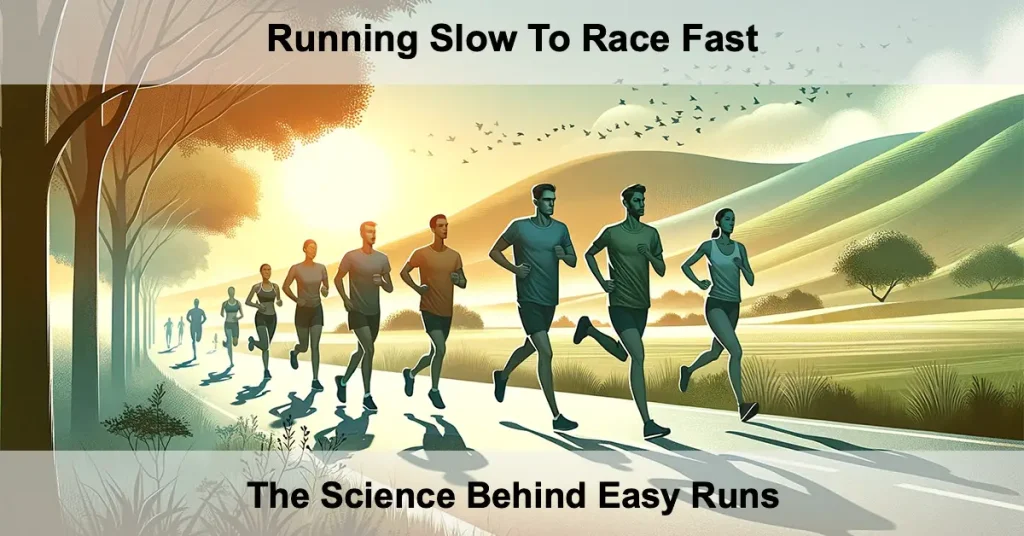Running is one of the most accessible and transformative forms of exercise, celebrated for its simplicity and profound health benefits. While many see it as just putting one foot in front of the other, the science behind running reveals a complex interplay of biomechanics, physiology, and psychology that can significantly impact performance. Whether you’re aiming for a personal best or simply striving to enjoy your runs more, understanding the science can help you maximize your potential.
The Biomechanics of Running
Biomechanics focuses on the movement patterns and forces involved in running. A good running form can improve efficiency, reduce injury risk, and enhance overall performance. Key aspects include:
- Stride Length and Cadence: The balance between stride length (the distance covered in one step) and cadence (steps per minute) plays a crucial role. Research suggests a cadence of 170–180 steps per minute is often ideal for efficiency.
- Foot Strike: There are three common types: heel strike, midfoot strike, and forefoot strike. While there’s no universal “best” technique, transitioning to a midfoot or forefoot strike may reduce joint impact and improve energy transfer.
- Posture and Arm Swing: Maintaining an upright posture, with a slight forward lean from the ankles and relaxed arm movement, can enhance momentum and minimize energy wastage.
The Role of Cardiovascular Physiology
Running challenges your cardiovascular system, requiring efficient oxygen delivery to working muscles. The primary factors influencing cardiovascular performance include:
- VO2 Max: This measures your body’s maximum oxygen uptake during intense exercise. Higher VO2 max levels correlate with better endurance and speed. Interval training and long runs are effective in boosting this metric.
- Lactate Threshold: As exercise intensity increases, your body produces lactate. When production exceeds clearance, fatigue sets in. Training just below or at this threshold improves endurance and delays fatigue.
- Heart Rate Zones: Monitoring heart rate during training can help optimize effort levels. Staying within specific zones (e.g., Zone 2 for endurance or Zone 4 for anaerobic capacity) ensures targeted adaptations.
Fueling Your Runs: Nutrition and Energy Systems
Running relies on energy generated by different systems:
- ATP-CP System: Provides immediate energy for short, explosive efforts lasting up to 10 seconds.
- Glycolytic System: Dominates during moderate to high-intensity efforts lasting a few minutes, using stored carbohydrates.
- Aerobic System: Powers longer, steady-state efforts by breaking down fats and carbohydrates in the presence of oxygen.
To fuel effectively:
- Carbohydrates: Essential for glycogen stores. Consuming 3–5 grams of carbohydrates per kilogram of body weight daily supports regular training.
- Proteins: Aid muscle repair and recovery. Aim for 1.2–2 grams of protein per kilogram of body weight.
- Fats: Support long-term energy needs, especially during lower-intensity runs.
- Hydration: Dehydration can impair performance. Aim for 16–20 ounces of fluid per hour of running, adjusting for conditions.
Training Principles to Enhance Performance
Practical training involves more than just clocking miles. Implementing science-backed principles can lead to significant improvements:
- Progressive Overload: Gradually increasing training volume or intensity challenges your body to adapt, improving strength and endurance.
- Specificity: Tailor your training to your goals. For instance, long-distance runners should prioritize endurance, while sprinters focus on explosive power.
- Periodization: Divide your training into phases (e.g., base, build, taper) to optimize performance peaks and avoid overtraining.
- Cross-Training: Activities like cycling, swimming, or strength training can improve overall fitness, reduce injury risk, and prevent burnout.
Injury Prevention and Recovery
Injuries are a common setback for runners. Preventing them involves understanding stress and recovery dynamics:
- Warm-Up and Cool-Down: Dynamic stretches and easy jogging prepare muscles for exertion, while static stretching post-run aids recovery.
- Strength Training: Building muscle strength, especially in the core, glutes, and calves, stabilizes joints and reduces overuse injuries.
- Rest and Recovery: Overtraining increases injury risk. Incorporate rest days and prioritize sleep to allow muscles to repair and strengthen.
- Footwear: Choose shoes suited to your gait, foot shape, and terrain to minimize stress on your body.
The Psychology of Running
Mental strength often separates good runners from great ones. Strategies to harness the psychological aspects of running include:
- Goal Setting: Establishing realistic, measurable goals keeps motivation high and provides a sense of purpose.
- Visualization: Imagining successful runs or races can boost confidence and focus.
- Mindfulness: Staying present during runs enhances enjoyment and performance while reducing stress.
- Positive Self-Talk: Replacing negative thoughts with affirmations can improve perseverance and resilience.
Leveraging Technology for Better Running
Modern technology offers tools to analyze performance and optimize training:
- Wearable Devices: Track metrics like heart rate, cadence, and VO2 max.
- Running Apps: Provide training plans, route mapping, and community support.
- Gait Analysis: Helps identify inefficiencies in form and potential injury risks.
Conclusion
Running is far more than a physical activity; it is a science-backed journey of self-improvement. By understanding the biomechanics, physiology, nutrition, and psychology involved, you can train smarter, reduce injury risks, and achieve your goals. Armed with this knowledge, every stride can bring you closer to becoming a stronger, faster, and more resilient runner. So, lace up, hit the ground running, and let science propel you toward peak performance.
